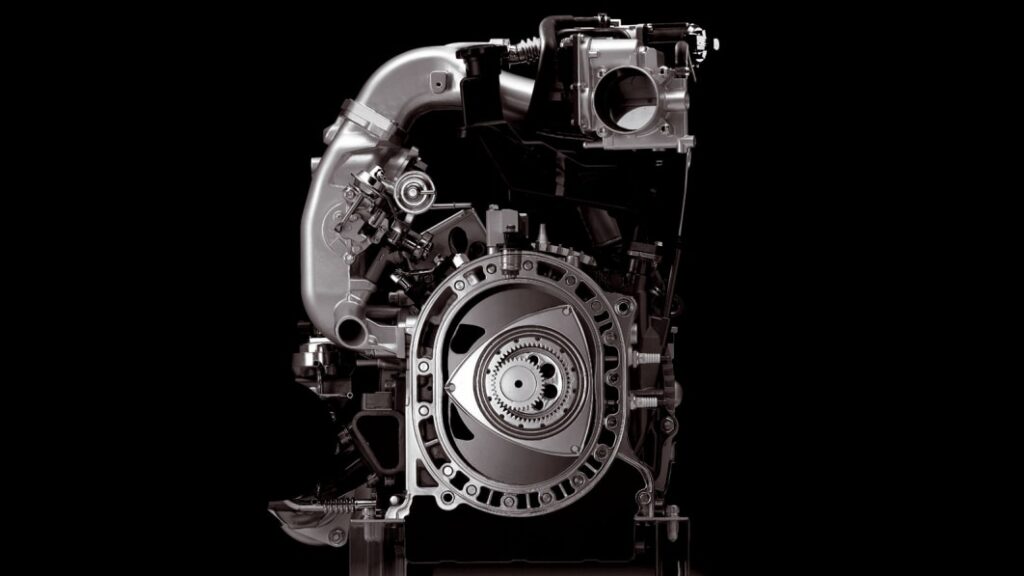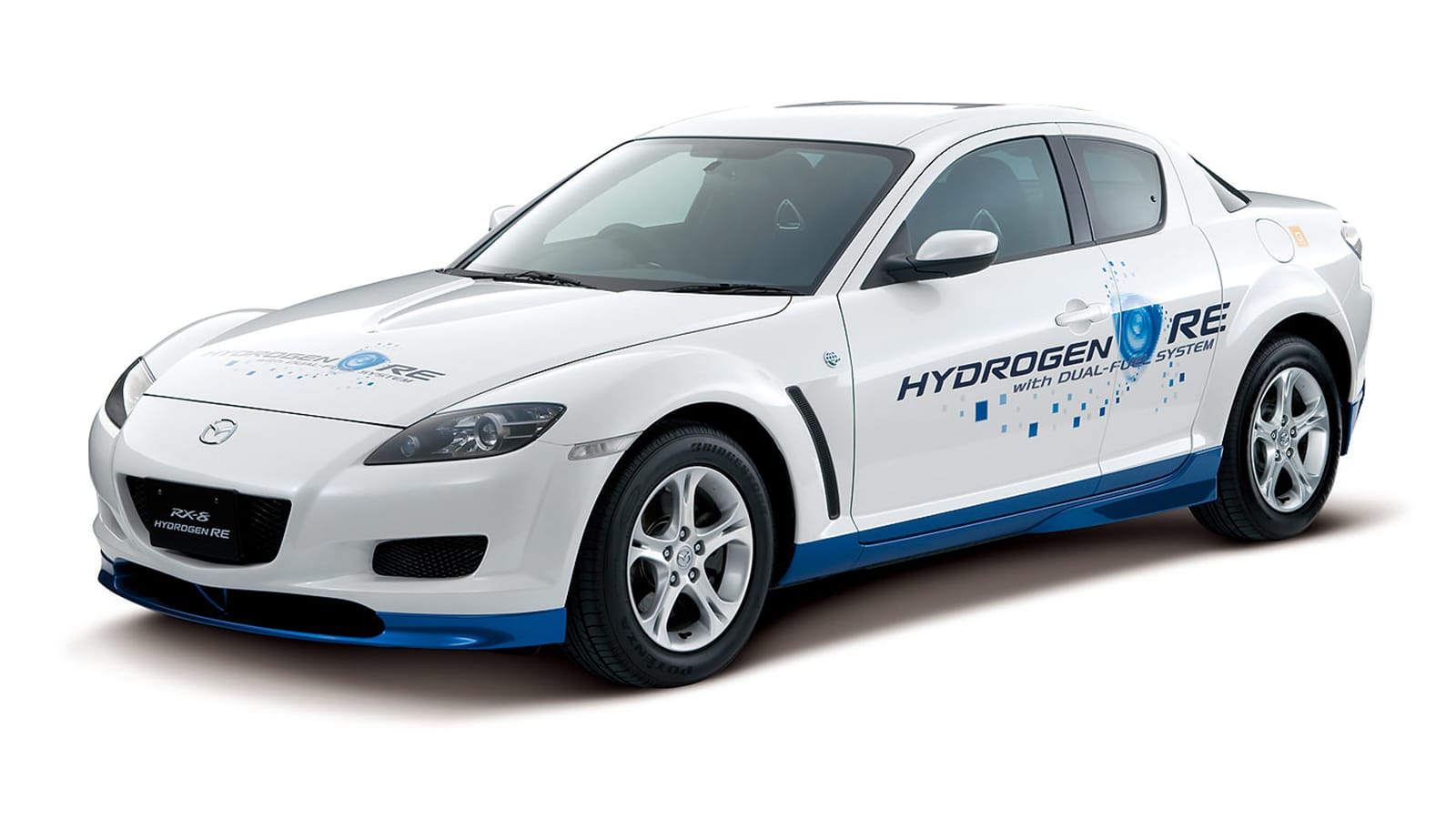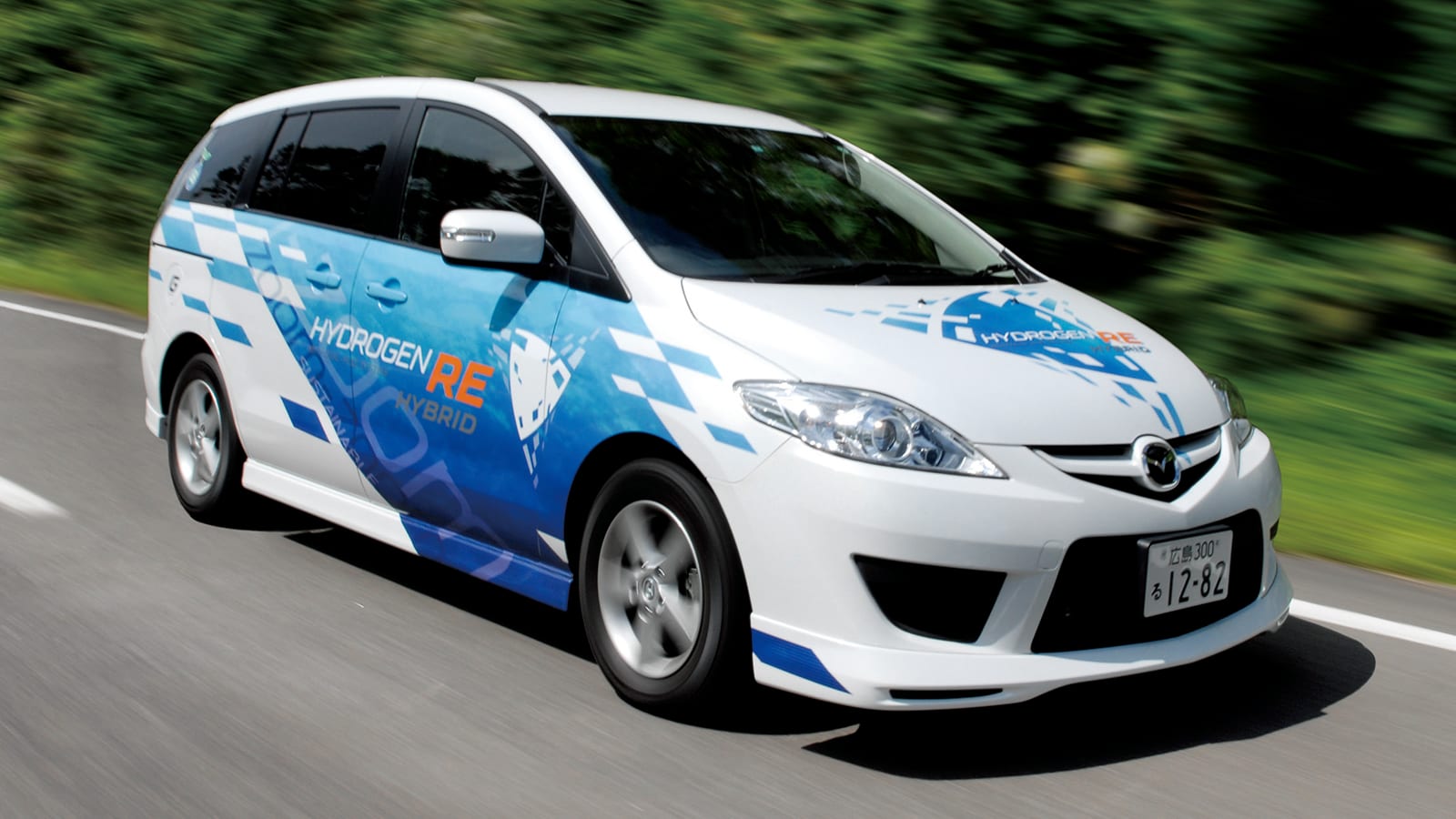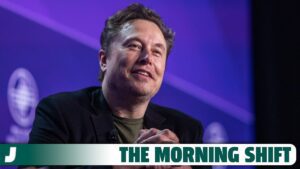A brief history of Mazda's efforts to make the rotary green

The rotary engine is known for a lot of good things. It’s compact and lightweight. It’s super smooth. It’s happy to rev to outrageous rpms. It even won the 24 Hours of Le Mans. What the rotary is not known for is being environmentally friendly. In fact, rotaries are notoriously fuel thirsty. But Mazda is looking to change that reputation. It has just launched the MX-30 R-EV, a series plug-in hybrid with an electricity-generating rotary engine. And for years, decades, before this little crossover, the Hiroshima-based firm has been trying to make the rotary green. One could argue that’s been the case from the start with work to make the regular gas-powered rotary more efficient, but even the most efficient production rotaries, the RX-8’s Renesis engines, never were frugal. And the ethanol-powered engines like that in the dearly-departed Furai concept weren’t particularly green either. So we’re specifically looking at the more major attempts: Mazda’s hydrogen and range-extender projects.
Mazda’s green rotary development was focused on hydrogen well before hybrids. As early as 1991, Mazda exhibited a concept called the HR-X, shown here. It had a slippery, organic shape typical of the time, particularly of Mazda, which undoubtedly was also meant to give the hydrogen engine its best opportunity to be efficient. It was followed up by an HR-X2 in 1993 with a slightly more squared-off styling. Both of them ran on existing rotary engines converted to run on hydrogen. Mazda also had a Miata prototype in 1993 with one of those hydrogen engines, and in 1995, it started testing a couple of Capella Cargo (Mazda 626) station wagons with them.
Part of the reason Mazda was experimenting with hydrogen in rotaries was because they have an inherent advantage over piston engines when burning hydrogen. Hydrogen is easily ignited, sometimes too easily, so pre-ignition is a real issue. That can lead to a backfire in a reciprocating piston engine if it’s early enough. That’s substantially less likely with rotors that are constantly turning in one direction, rather than going back and forth. Furthermore,because the design of the rotary engine means that combustion happens in only one section of the rotor housing, the intake area is kept much cooler, reducing the risk of pre-ignition as hydrogen is introduced to the air-fuel mix.

The next big milestone for the hydrogen rotary came in the mid-2000s. Mazda had introduced the latest iteration of the gas model, the Renesis, and it once again developed a hydrogen variant. What was particularly neat about the engine was that it was engineered to run either on hydrogen or gasoline. It wasn’t restricted to a flashy concept, either. The engine was first shown in 2003, and then appeared in a couple of cars, the RX-8 and Premacy (Mazda5) in 2005. The former wasn’t just a show car, either, as it was available for lease starting in 2006. A few were even sent to Norway for fleet use.
In the RX-8, the powertrain was not that different from a regular automatic RX-8. In fact, at 207 horsepower running on gasoline, it was only down a few horsepower (the regular automatic version made 212 horsepower). The big difference was that four injectors, two for each rotor, were added in the tops of the rotor housings for running on hydrogen. The dual injectors were necessary to provide enough hydrogen for adequate power; emphasis on “adequate.” Running on hydrogen reduced power to 108 horsepower.
Despite having both a gas tank and high-pressure tanks for hydrogen, the RX-8 still retained all four passenger seats. It did lose pretty much all its cargo space, though, to the hydrogen tanks. Range was rather short at just about 60 miles, though, likely a combination of hydrogen’s low energy density and tanks that were restricted by the RX-8’s relatively small package and having to save room for some gasoline.

The Premacy was initially shown with the same engine, but with the addition of a 40-horsepower electric motor to turn it into a hybrid. Along with the obvious efficiency benefits of running partially on electricity, the electric motor likely helped with off-the-line performance, since rotaries are notoriously lacking in torque. The Premacy had the whole powertrain mounted transversely and powering the front wheels like in a standard model. The lithium-ion battery pack was under the second row of seats, and the hydrogen tank sat behind the third row. Although later, Mazda showed it simply as a two-row with the tanks behind the second row, and cargo space behind both. The Premacy began on-road testing in 2008, and it went into fleet use in 2009. Range was around 120 miles on hydrogen.
This was about where Mazda’s hydrogen rotary development peaked, at least publicly. Rumors have come and gone through the years about the company working on more modern hydrogen rotaries, but nothing has really surfaced. Some of those rumors involved the engine being used as a range-extender, and while hydrogen hasn’t been involved yet, Mazda has definitely been experimenting with the range-extender idea.
In 2013, Mazda showed off a Mazda2 electric car with a tiny little rotary engine providing electricity once the onboard battery had drained. We mean tiny, too, as it came in at just 330 cc, half the displacement allowed for Japan’s microcars in the kei class. It only made 30 horsepower, but all it had to do was generate electricity. Actual propulsion came from the 100-horsepower electric motor powering the front wheels, which was about the same amount of power the conventional Mazda2 made. The battery on the range-extended electric Mazda2 was around 124 miles. The little rotary and its 2.6-gallon gas tank brought range up to around 250 miles. By our math, that means the gas engine got around 48 mpg.
That of course brings us to today with the Mazda MX-30 R-EV. The balance of electric to gas is a little more biased toward gas than the Mazda2 range-extended model. Its 17.8-kWh battery is half the size of the regular electric one, and provides around 50 miles of range. But the space left over makes room for a 13.2-gallon gas tank. Still, the basic idea is the same. The 168-horsepower electric motor provides all the forward propulsion, and the 830-cc, 75-horsepower, single-rotor engine generates electricity as needed. The rotary engine uses side intake and exhaust ports like the RX-8’s Renesis engine, but adopts an aluminum rotor housing and direct fuel injection.
As for the future of the rotary, well, it’s hard to say. Full-electric cars have been steadily gaining momentum, making the future of internal combustion look bleak. Still, there are automakers continuing to pursue the use of hydrogen, even in internal combustion. That’s likely the best case for the rotary sticking around, possibly as a power generator like in the MX-30, or perhaps for limited-production enthusiast models. But if anyone can find a future for the rotary, it’s Mazda.
Related video:




